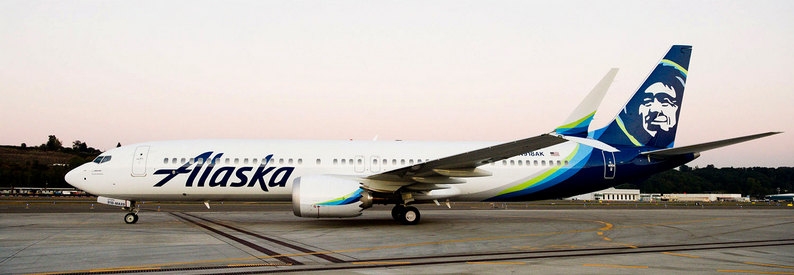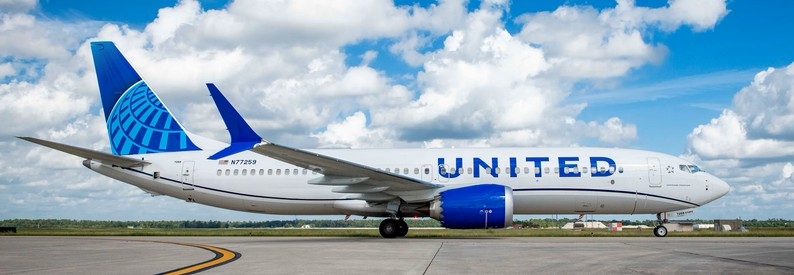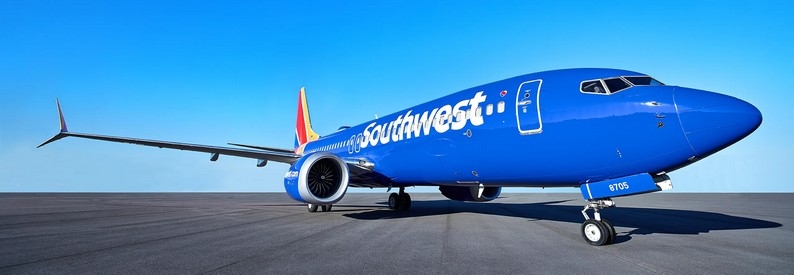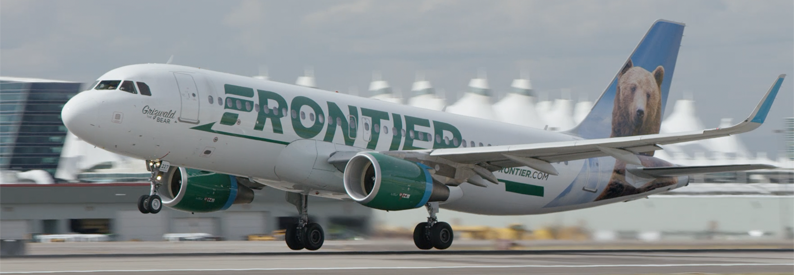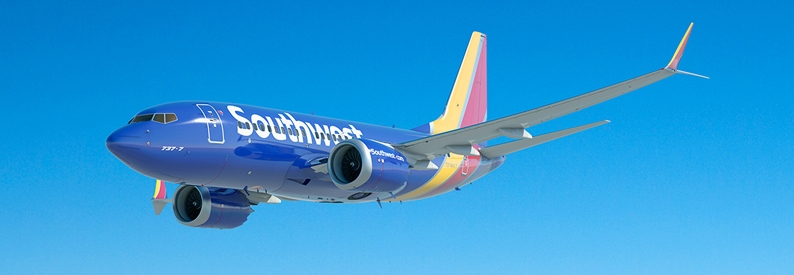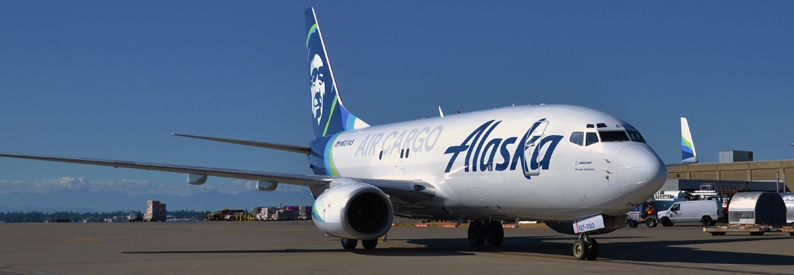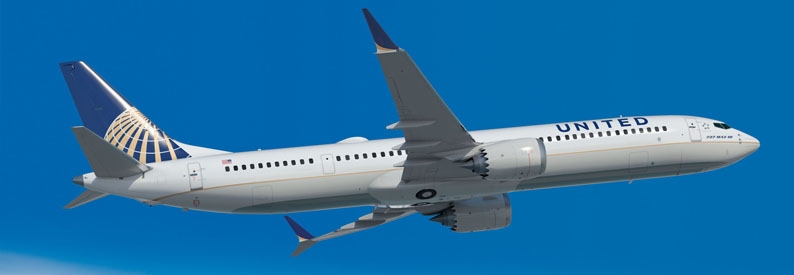The European Aviation Safety Agency (EASA) and the US Federal Aviation Administration (FAA) both published new airworthiness directives (AD) on May 17, 2018, ordering airlines to speed up the checks of selected CFM International CFM56 engine blades. The revision has been precipitated by the recent mid-flight engine explosion during a Southwest Airlines flight.
"AD 2018-09-10 [issued on May 2, 2018] resulted from a recent event involving an engine failure due to a fractured fan blade leading to the engine inlet cowl disintegrating and debris penetrating the fuselage, causing a loss of pressurization and prompting an emergency descent. Since we issued AD 2018-09-10, an investigation of this event has determined new methods for identifying applicable parts as well as the need to reduce the compliance time for certain fan blades. Therefore, this AD requires inspection of higher risk fan blades," the FAA has explained.
The new directives affect most subtypes of CFM56-7B engines, powering the Boeing B737NG Family. In comparison to the previous ADs, the changes relate to engines with between 20,000 and 30,000 cycles which will have to be inspected by the end of June 2018. The earlier deadline was August 31.
"It has been determined that the initial inspection for certain fan blades must be accomplished within a reduced compliance time, compared to that required by EASA AD 2018-0093-E. This AD retains the requirements of EASA AD 2018-0093-E, which is superseded but reduces, for certain engines or fan blades, the compliance time for the initial inspection", the EASA has said.
Inspections of the affected engines will then have to be repeated prior to accumulating 3,000 cycles since the last check.
The deadline for the inspections of older engines with over 30,000 cycles fell earlier in May. According to information published so far, these checks have not revealed any widespread issues.
The European AD entered into force on May 18, while the FAA's one will become effective on June 1.

